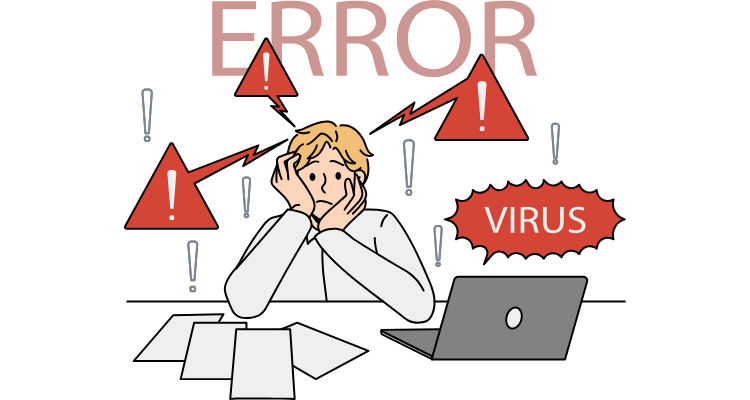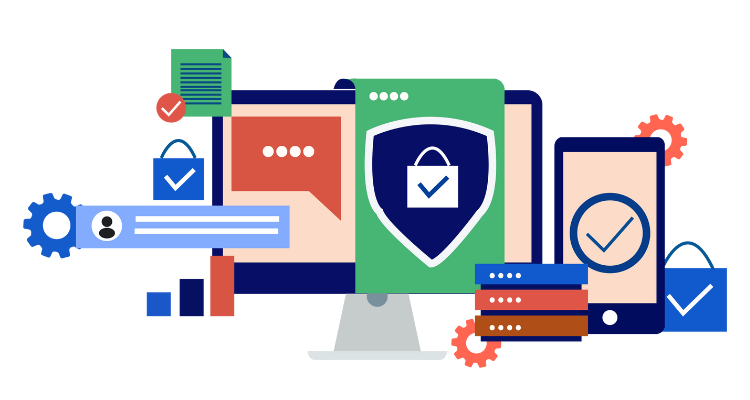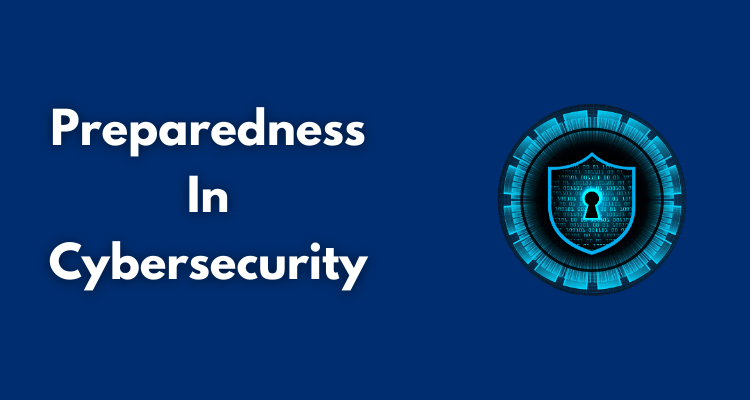Have you ever thought about what would happen if your company were hit by a cyberattack tomorrow? Would you know what to do? Most people focus on firewalls, antivirus software, and passwords. These tools are important, but they’re not the full picture.
One of the most ignored yet critical parts of cybersecurity is preparedness. Knowing how to respond before a threat becomes a crisis can make all the difference. Still, too many organizations put it off or assume their current setup is good enough.
In this blog, we will share why preparedness deserves your attention and how it can shape a stronger cybersecurity strategy.
Table of Contents
ToggleCybersecurity Is More Than Just Defense

When most people think of cybersecurity, they think of protecting systems. This includes setting up strong passwords, installing antivirus software, and monitoring networks. These are useful steps, but they mostly focus on preventing attacks. What happens if those defenses fail? That’s where preparedness steps in. It fills the gaps that security tools alone cannot cover. It’s about knowing what to do after something goes wrong.
Preparedness focuses on action. It means having a response plan, training staff, and making sure your data can be recovered. It doesn’t replace security tools but adds a safety net. If a breach happens, you’re not left scrambling. You already know your next steps. It’s like having an emergency drill at school, you don’t hope for a fire, but you’re ready if one happens.
Preparedness Helps You Act, Not React
When a cyberattack hits, panic sets in fast. If you haven’t prepared, you might waste valuable time figuring out who to contact or how to stop the attack. This delay can lead to lost data, money, and trust. On the other hand, if you’ve practiced a response, you can act with confidence.
A great example of this shift can be seen with cyber crisis management from Semperis. Their approach focuses on readiness, helping organizations recover quickly during an attack. From identifying threats to restoring operations, their solutions guide IT teams through every step.
This kind of support isn’t just useful, it’s essential. Having a clear plan supported by reliable tools lets companies regain control when things go wrong. It turns confusion into direction.
Human Error Remains a Major Risk

Even the best software can’t stop every attack. People still click on suspicious links or fall for fake emails. That’s because we’re human, and attackers know this. They often target people rather than systems. In fact, phishing and social engineering are among the top causes of data breaches. Preparedness helps limit the damage when mistakes happen.
By training employees on what to look for and how to report it, you reduce risk. You can also set up processes for handling suspicious activity. This way, even if someone slips up, your team knows how to respond. Preparedness builds a culture of awareness where people feel responsible, not afraid. It empowers your team to be part of the solution.
Preparedness Reduces Downtime
Every second of downtime costs money. Whether it’s lost sales, halted production, or damaged reputation, the impact is real. When a company isn’t ready to deal with a cyberattack, the recovery takes longer. You might need to rebuild systems, contact customers, or even pay legal fines. That time adds up fast.
When you’re prepared, you cut down on that recovery time. You already have backups in place. You’ve tested your systems. You’ve walked through what to do in the event of a breach. Your team isn’t guessing—they’re acting. This quick response can reduce downtime from days to hours, and that can save your business from taking a huge hit.
Compliance Alone Is Not Preparedness
Many companies focus on meeting compliance standards. They go through checklists, fill out forms, and pass audits. But being compliant doesn’t mean you’re truly prepared. Compliance is about meeting the minimum legal requirement. Preparedness is about going beyond that to protect your business, people, and data.
Let’s say a company is fully compliant but has never run a cyber drill. If a ransomware attack happens, they may still panic, not knowing who’s in charge or which system was hit first. Compliance won’t guide them through that situation, preparedness will. It’s about turning a list of rules into real action. You need both, but preparedness is often the missing piece.
Preparedness Builds Trust

Customers want to know their data is safe. If your company suffers a breach and fumbles the response, you’ll lose more than files, you’ll lose trust. Preparedness helps you maintain your reputation by showing that you’re ready for anything. A quick, transparent response builds confidence, not fear.
When customers see you take action fast and communicate clearly, they’re more likely to stay loyal. They understand that breaches happen to everyone. What matters is how you handle it. Preparedness lets you respond professionally and keeps your reputation intact. In today’s world, trust is everything, and once it’s lost, it’s hard to get back.
It’s Easier (and Cheaper) Than You Think
Some businesses avoid preparedness because they think it’s complicated or expensive. But that’s not true. You don’t need a huge budget to build a response plan. Start small: run a tabletop exercise, train your staff, and back up your data. These simple steps can make a huge difference.
You can also find support from companies that specialize in cyber readiness. They offer templates, planning tools, and even virtual response teams. The key is to start. Don’t wait until after an attack to wish you had prepared. Investing a little time and effort now can save you from massive losses later. Preparedness isn’t just smart, it’s affordable.
In conclusion, preparedness is often overlooked because it doesn’t feel urgent, until it’s too late. But being ready for cyber threats is just as important as trying to stop them. You can’t avoid every attack, but you can decide how you’ll respond. That choice can protect your business, your team, and your reputation. As cyber risks grow, the need for readiness grows with them.









